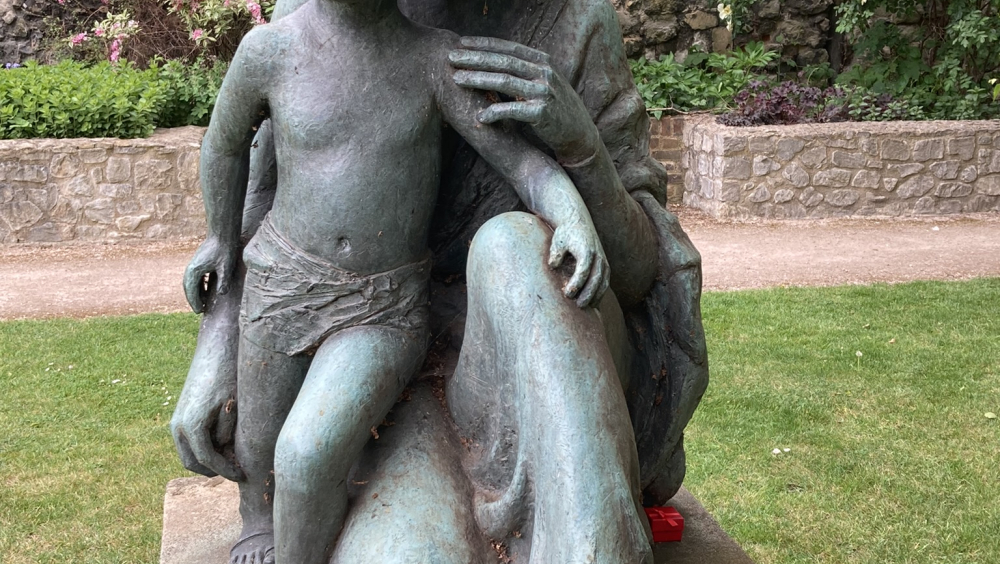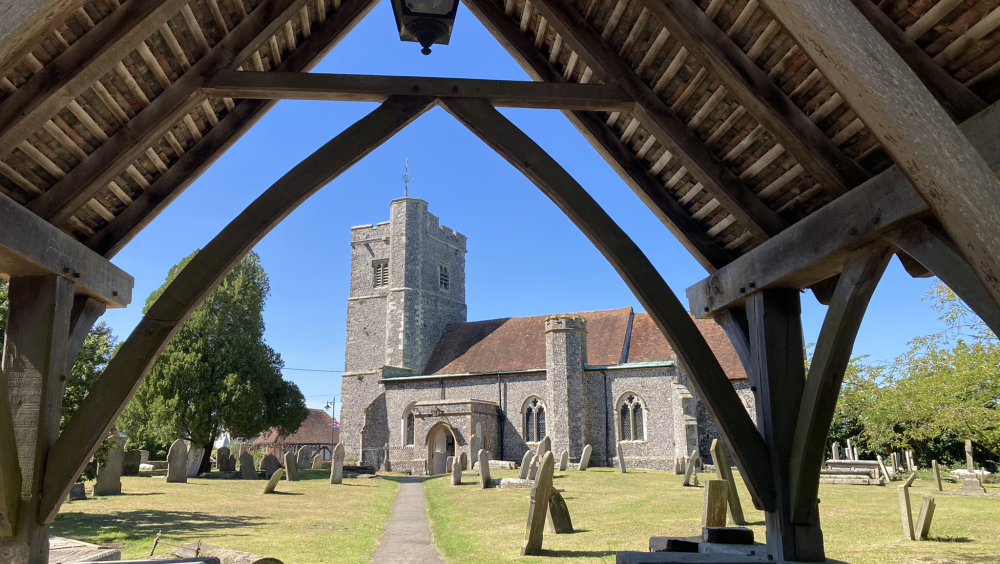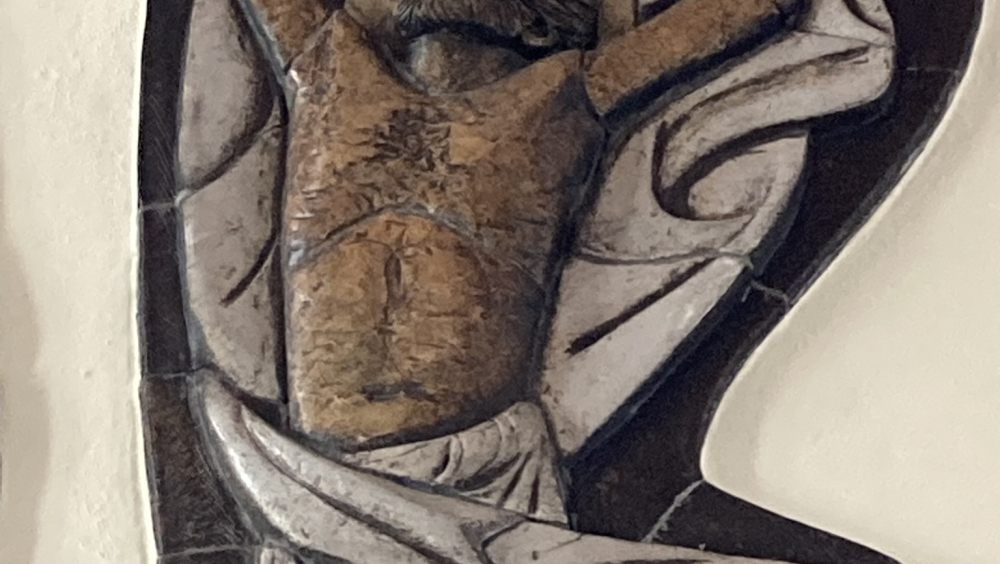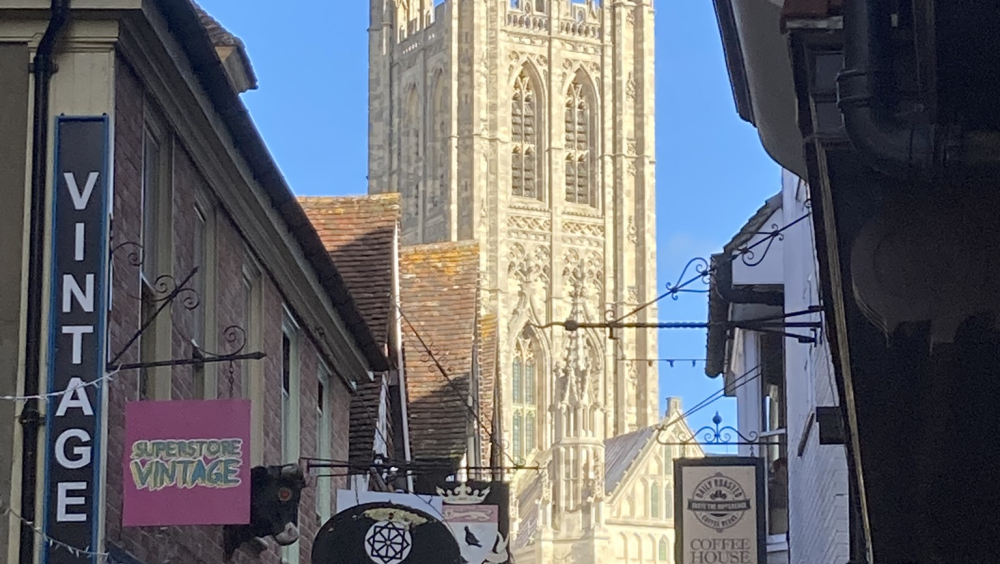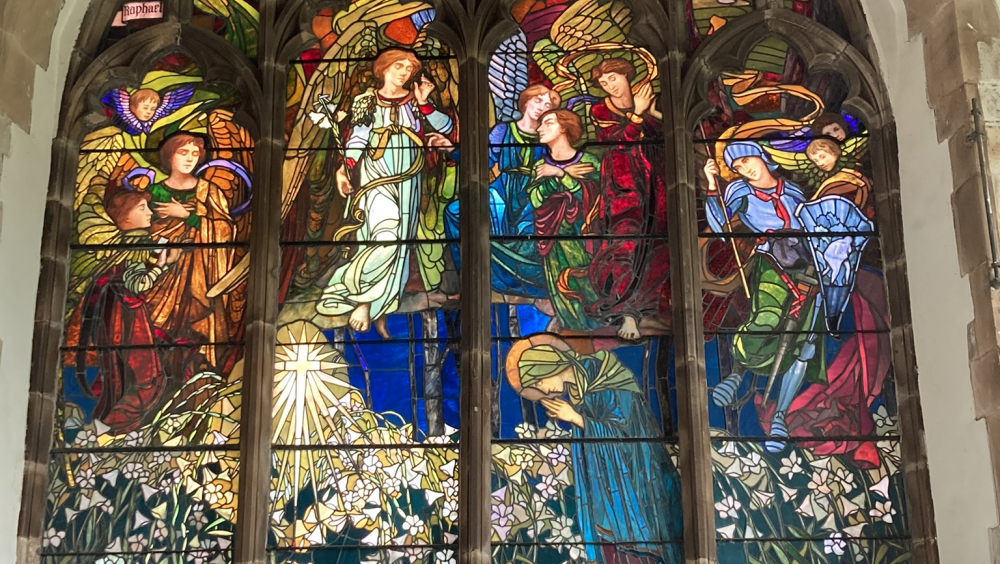Heritage for All - Jubilee 2025 - Pilgrims of Hope
Many of the problems faced by organisations caring for heritage buildings is lack of wider support within the community. Many people see heritage as not for them and many see churches as places they need an invitation to enter. These barriers mean that heritage does not always get the support it needs.
The aim of this project is to encourage people from hard to reach groups, particularly ethnic minorities and the economically disadvantaged to engage with the heritage of Europe and embrace it as their own.
St Augustine’s in Ramsgate is a very special church, much loved by the local community, with a national and international profile. This is because it is the “ideal church” of Augustus Welby Pugin – designer of Big Ben and leading light of the Gothic Revival.
We have been taking part in Heritage Open Days for many years, usually with activities which link the theme to something creative, such as tile making for “Astounding Inventions” and an artists’ open day for “Creativity Unwrapped”. Pugin was famously talented at both of these activities.
Thanet is one of the poorest areas in the UK with many areas of multiple deprivation. We work with local and national government to meet their objectives of engaging the local community in educational and community outreach and with raising the morale of local people by highlighting history which they can be proud of.
The 2025 Jubilee Year, announced by the Pope, has as its theme “Pilgrims of Hope” which mirrors this year’s HOD theme of “Routes- networks-connections”. Our idea is to leverage the Jubilee by running a pilgrimage event to St Augustine’s along our pilgrimage route, the Augustine Camino. Many small communities along the way struggle to maintain their heritage churches. Part of the problem is that the wider community does not feel as though these buildings are relevant to them.
We therefore propose to lead a week-long walking pilgrimage along the Augustine Camino, open to everyone and engaging with the communities en-route. These include the Cathedrals of Rochester and Canterbury, monasteries at Aylesford and Minster and many shrines and parish churches. The objective will be to raise the profile of these churches and encourage the most diverse audience to understand that this heritage belongs to them.
St Augustine’s is in the Catholic Diocese of Southwark which is the most diverse in the UK. A key objective of the project will be to encourage people from a wide range of ethnic minorities to venture out of London to experience the beautiful Kent countryside and the many wonderful heritage buildings. The small communities along the route are in desperate need of help and raising awareness of opportunities to visit them will provide a lasting legacy.
As part of the Jubilee Year this project already has a European dimension based in Rome. We will invite participants from across Europe, particularly Belgium, where Pugin had a major influence on 19th Century design, and France, home of Gothic Architecture. We are linked with the Camino de Santiago in Spain through the Camino Ingles – our pilgrim stamps are recognised in Santiago.
A pilgrimage through England has many unique features. The tangled history of the Reformation and 19th Century liberalisation are reflected in its buildings. There is much world class art to be seen in the most humble and surprising of locations and pan-European influence is everywhere. The story of St Augustine of Canterbury is that of Europe reaching out to the English and bringing them into the fold. St Augustine brought not just Christianity, but written law, music and learning and possibly even the Latin alphabet.
A walking pilgrimage is by its very nature, environmentally friendly. We will encourage participants to arrive and leave by public transport and to spend money with small businesses along the way. It is also particularly attractive to your two keys groups, women and young people. The main demographic along the Augustine Camino is women in their 50s and women played significant roles in local history – notably Queen Berth of Kent, the Frankish Princess who secured the invite for St Augustine, and St Mildred, Patron Saint of Thanet.
We would work with the many communities along the route to ensure a welcome for our pilgrims – largely through using volunteers. The grant would be used to supplement facilities such as baggage transport, refreshment stops, places to stay and waymarking. We would look to include the disabled where possible, by inviting them to join us for important and suitable sections of the route such as the entrance to Canterbury. There would also be a budget for advertising and promotion – though much of this would be achieved by networking through existing church and pilgrimage communities.
Finally, a word about Christianity. Given the history of England most of our heritage buildings are churches, which is why a pilgrimage recommends itself. However, this does not mean that people of other faiths or those with no faith are excluded. On the contrary, they are most welcome, as always.
The Conversion of the English to Christianity, begun by Augustine of Canterbury in 597 brought the English into the mainstream of European Civilisation. The English began to build churches and monasteries, at least one of which is still in use. The records begun by Augustine's monks give us the start of English history, as opposed to legend. Even English Law was written down for the first time - though in English not Latin - a difference reflected in contrasting legal systems to this day.
The Augustine Camino is the pilgrimage route to the Shrine of St Augustine in Ramsgate. The Church itself was built by Augustus Pugin, the half-French genius who designed Big Ben and inspired the Gothic Revival. His influence can be seen throughout the world, but particularly in Belgium though the work of Jean-Baptiste Bethune. He also influenced French architects such as Viollet-le-Duc and Jean-Baptiste Lassus.
The Gothic style was brought to England from France in the 12th Century. William of Sens built the Choir at Canterbury Cathedral. Earlier, Gundulf, Bishop of Rochester, brought the Romanesque style from Normandy. In modern times Pierre Fourmaintraux brought the Dalle de Verre technique of stained glass making. His pupil, Dom Charles Norris made the windows in the Relic Chapel at Aylesford. Other artists of note along the route include Arild Rosenkrantz, the Danish creator of the Art Nouveau Annunciation Window at Wickhambreaux, Adam Kosowski, the Polish ceramicist whose work is at Aylesford and Alois de Beule from Ghent who designed the extraordinary Stations of the Cross at St Augustine's.
The project will bring these European dimensions of English Heritage to a wider audience and increase the appreciation of our common European home.
